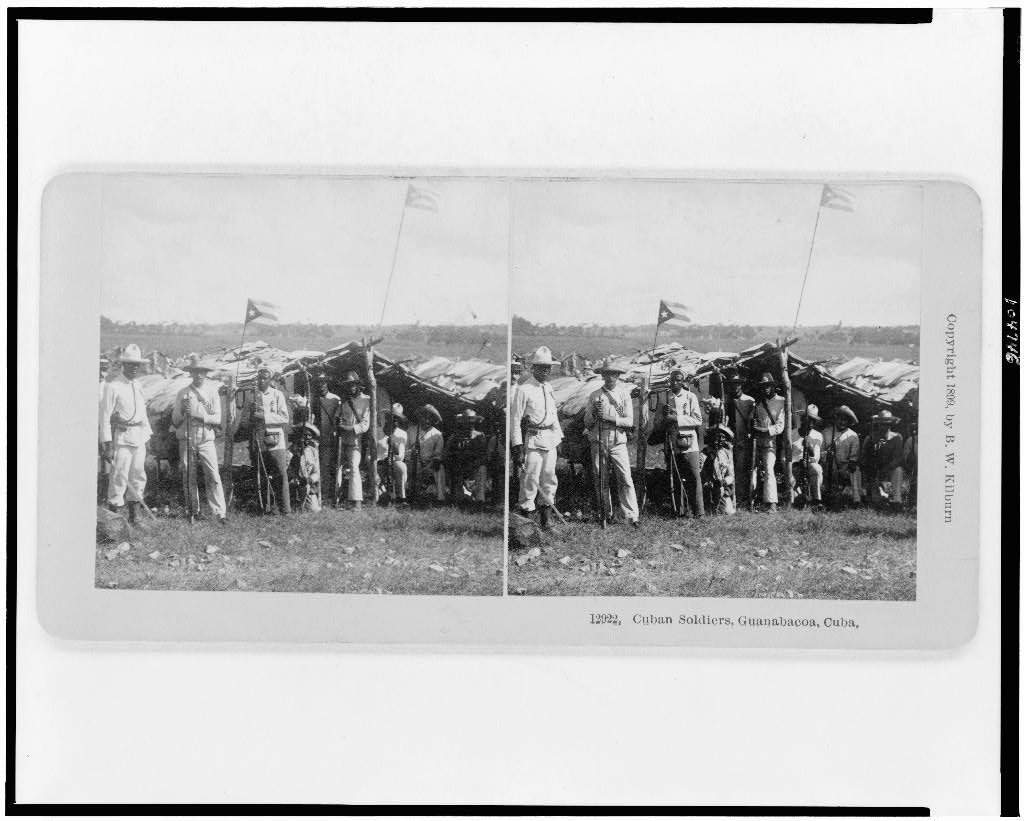



The Spanish-American War, 1898
The Spanish-American War of 1898 ended Spain’s colonial empire in the Western Hemisphere and secured the position of the United States as a Pacific power. U.S. victory in the war produced a peace treaty that compelled the Spanish to relinquish claims on Cuba, and to cede sovereignty over Guam, Puerto Rico, and the Philippines to the United States. The United States also annexed the independent state of Hawaii during the conflict. Thus, the war enabled the United States to establish its predominance in the Caribbean region and to pursue its strategic and economic interests in Asia.
— Office of the Historian
— The World of 1898: The Spanish-American War, Hispanic Division, Library of Congress.

Spanish-American war, Cuba. 1898.

Cuban soldiers, Guanabacoa, Cuba. Photographed and published by B.W. Kilburn, c1899.

This timespace is inspired by the 7th chapter of the book How to Hide an Empire, by Daniel Immerwahr. It tells the life of Puerto Rican nationalist Pedro Albizu Campos in the context of other nationalist movements and U.S. interventions in Latin America.